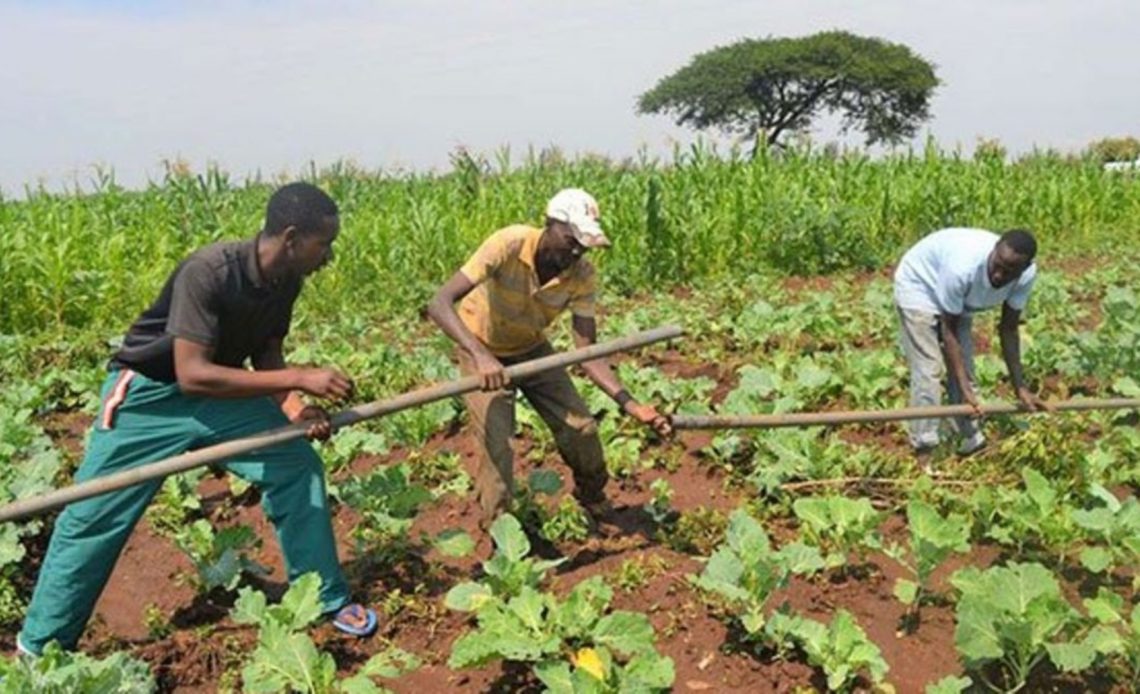Aimable Twahirwa (Lead Writer)
As a young man, Charles Furaha began assisting his father in constructing dams in Karangazi, a small village in Nyagatare district of Eastern Rwanda. These dams provided the water needed to irrigate crops in this remote part of Eastern Rwanda, contributing to the country’s fight against malnutrition in young children.
In its pursuit of food security and improved health outcomes for its citizens, the government of Rwanda proposed initiatives like the Irrigation Master Plan to promote sustainable crop production and productivity in order to ensure the availability, accessibility, and affordability of nutritious food by leveraging modern technologies that increase food nutrient content.
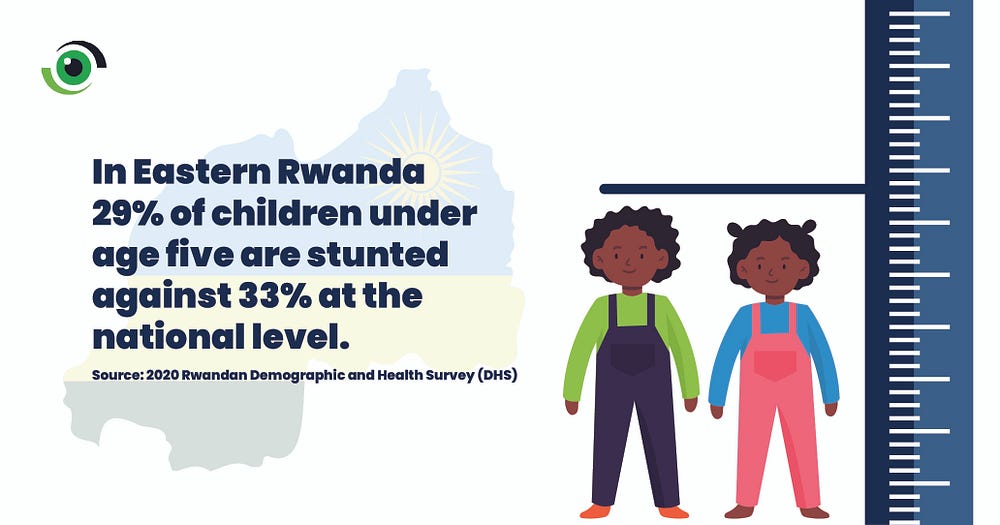
Since 2008, Rwanda has implemented a variety of land and agricultural reforms, including the Crop Intensification Programme, to transform subsistence farming into commercial farming, by encouraging farmers to adopt specific crop varieties that can withstand drought, diseases, pests, and floods in their respective areas.
“Apart from these recommended crops, most farmers here have been struggling to adopt some common underutilised crops with enhanced nutrition and health values such as vegetables, fruits and legumes because of limited irrigation management,” Furaha said.

In 2014, the Rwandan Government decided to accelerate plans to create stable irrigation systems in order to mitigate the effects of droughts that threatened Rwanda’s food security and its improved nutrition targets, especially for children under the age of five. Farmers were advised to adopt Small Scale Irrigation Technology (SSIT) to grow [mainly] high-value commodities such as vegetables and fruits in order to comply with the established Irrigation Master Plan,
Addressing food security and malnutrition
Figures from the most recent Rwandan Demographic and Health Survey (DHS) conducted in 2020 reveal a multifaceted and complex phenomenon behind malnutrition, especially in Eastern Rwanda, where 29% of children under age five are stunted compared to 33% at the national level. Additional data also reveals that 7% of children under five years of age in the East Province and 8% in Rwanda are underweight. Rwanda has made significant progress in reducing stunting. However, child malnutrition remains a major challenge in the country.
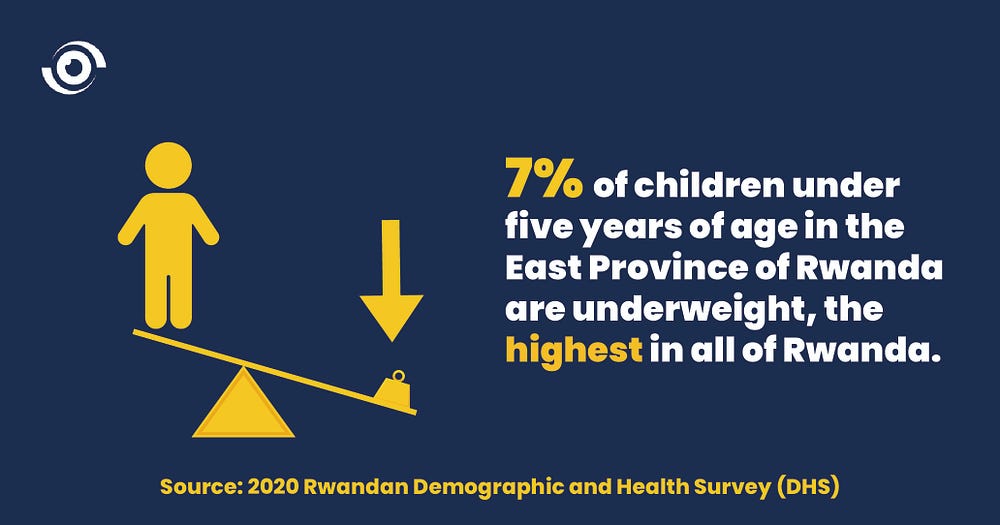
The Rwandan government has developed a number of policies and programmes, including the One Egg Per Child, Everyday campaign, to address the pressing challenge of malnutrition. The majority of these programmes strive to boost agricultural production and productivity by utilising home-grown solutions such as traditional dams to ensure year-round food access. They are often complemented by nutrition education programmes aimed at influencing the dietary habits of the population.
Gonzague Matsiko, Vice Mayor in Charge of Socioeconomic Affairs in Nyagatare District, added that because rainfall does not meet crop water requirements throughout the region, supplemental irrigation and home-grown innovative approaches are required to maintain productivity.
“These small-scale irrigation techniques are critical not only in boosting farm productivity but also in crop diversification by filling seasonal food gaps, improving household food security, and preventing acute forms of child malnutrition,” he said.
According to the 2020 Irrigation Master Plan Report for Rwanda, there are currently about 148 irrigation schemes across the country covering an estimated 50,000ha of Hillside, Marshland and Small Scale Irrigation, mostly in Eastern Rwanda. However, the analysis points out that the productivity of rain-fed crops in Rwanda remains low by global standards and cannot be blamed solely on a lack of rainfall.
Given ample consideration irrigation can be a key component and approach for poverty reduction, food security and nutrition, and climate change-induced drought mitigation in Rwanda’s ambitious national transformation agenda. The country’s goal is to achieve 102,284 ha of land under irrigation by 2024.
Traditional irrigation scheme
Official estimates show that over 80% of the population in the six districts of the drought-prone Eastern Province, including Nyagatare, depend on rainwater to sustain their farms. Unfortunately, climate change and changing rainfall patterns have meant that the Nyagatare-Gatsibo, Kayonza, Rwamagana, Ngoma, Kirehe, and Bugesera districts have been affected severely by recurrent drought. However, as dams have become more popular, farmers like Furaha have remarked that this traditional irrigation scheme has enabled them to produce new high-value, nutritious foods. “Many farmers here had constructed small dams, and this has allowed them to grow nutritious crops such as vegetables and fruits,” Furaha said.
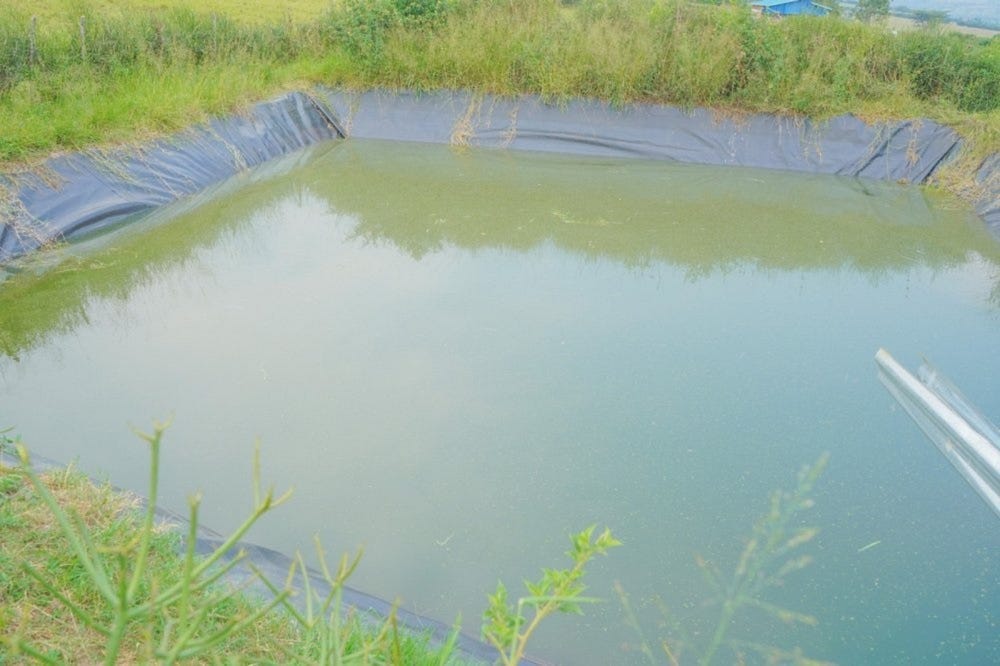
Across several villages in Nyagatare, the majority of the dams are made from plastic dam liners designed to contain considerable volumes of water, creating large, deep pools that farmers use in irrigating their fields. “The plastic is mostly used to stop infiltration of the stored water into the soil,” explained Papias Mucyo, Land Husbandry and Irrigation Technology Transfer Specialist at Rwanda Agriculture and Animal Resources Development Board (RAB). Farmers may battle the effects of the drought in the area by using this irrigation method which improves crop growth and quality.
Each pond is typically trapezoidal in shape, with designated sizes for top width, bottom width and depth. “These dimensions are taken based on the total storage volume recommended for the standard dam for each farming plot,” explained Monique Byakaragwe, another smallholder farmer from Mukama, a remote rural village in Eastern Rwanda.
Farmers in Katabagemu, a village nestled amongst farm fields in a dry valley area of the Nyagatare district, are used to building dams to cope with water shortages affecting agricultural productivity in the area. The Rwanda Agriculture and Animal Resources Development Board (RAB) emphasises the revitalisation of the irrigation schemes as a critical step to boosting food and nutrition security in the country amid climate change.
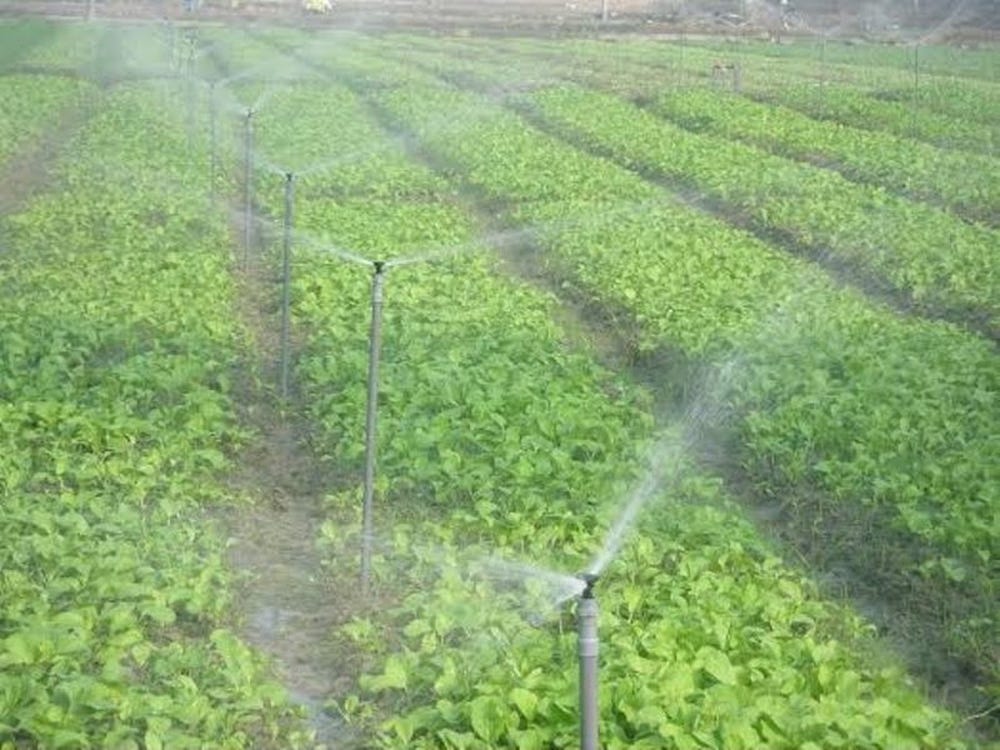
During the implementation phase, farmers cover the total cost of excavation, and the government intervenes in technical compliance by deploying technicians to train farmers on the safety and management of ponds. Aside from small-scale irrigation using traditional dams, Rwanda began to promote other modern irrigation systems that use surface and groundwater sources, including lakes, rivers, wetlands, or water reservoirs of various sizes, medium and large dams. In addition, smallholder farmers are being encouraged to adopt farming practices that are better aligned with water availability, consisting mainly of cereal crops such as maize and rice.
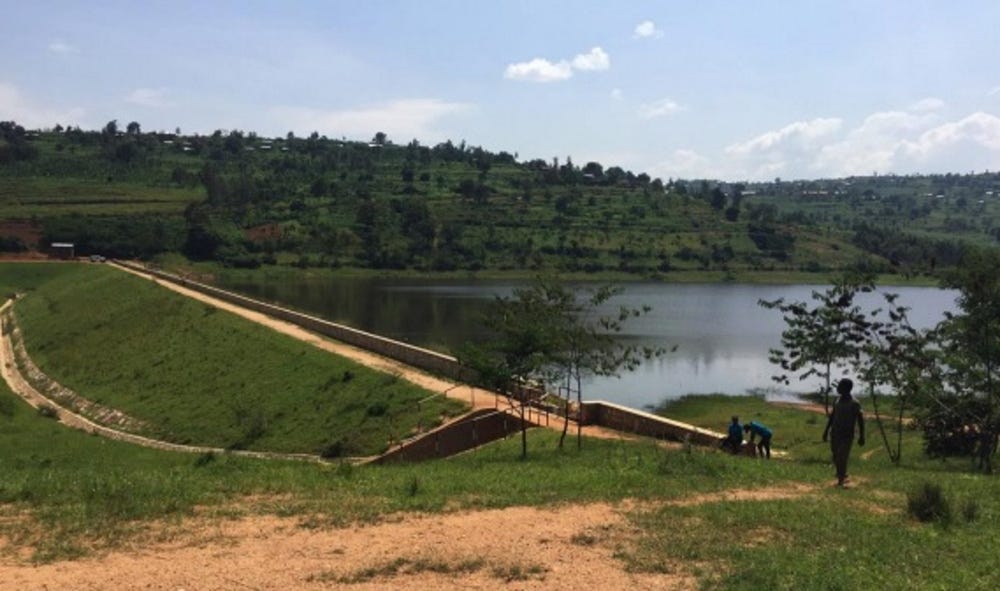
Farm productivity
According to nutrition experts, supporting small and family farming with innovative practices such as irrigation is critical as it gives people opportunities to eat fresh produce and high-value, nutritious foods such as fruit and vegetables. Smallholder farmers across several villages in Eastern Rwanda are now relying on this small-storage rainwater harvesting technique, allowing them to cultivate a wider range of nutritious crops that require higher amounts and frequent watering.
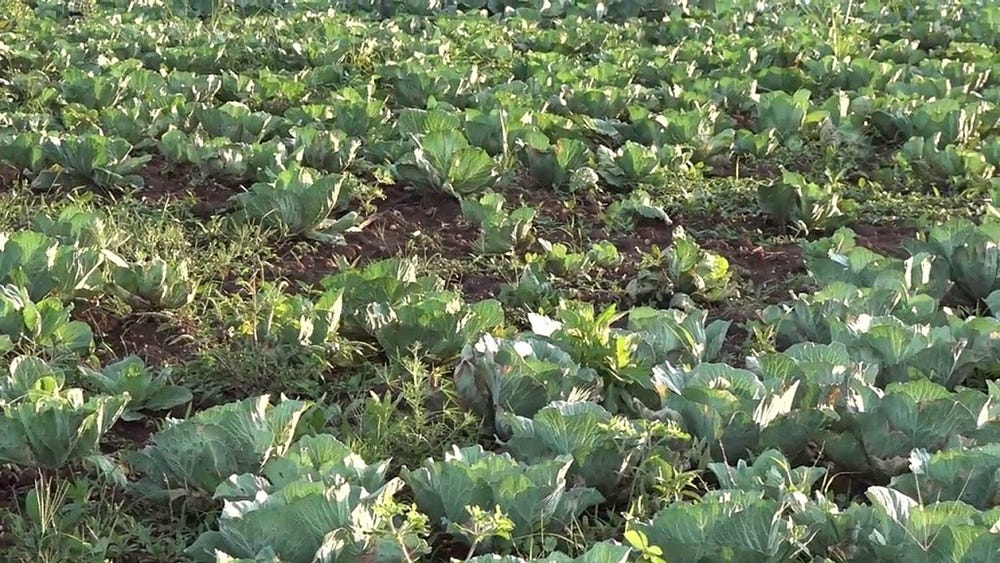
On her two hectares(ha) of land, Teddy Murungi, another female small-scale farmer from the Gatsibo district in Eastern Rwanda, has planted about 1,000 pineapples and mango trees. Perennial vegetables like onions and plantain also flourish there. Murungi has offered her appreciation to those responsible for constructing the dam, noting that she has been able to water her farm at least twice a day because of it.
For farmers like Murungi and Furaha, the cultivation of vegetables and fruits supported by traditional dams has offered the added benefit of acting not only as cover crops to enhance soil health and productivity but also to the fight against malnutrition in several remote rural areas within the country.
Local solutions
Dr Telesphore Ndabamenye, the Director General of Rwanda Agriculture and Animal Resources Board (RAB) says the appropriate management and maintenance of irrigation schemes is a viable tool for ensuring food security and improving nutrition outcomes in the country.
Most importantly, according to the Government, there is a pressing need to improve farmers’ access to irrigation equipment and materials in these remote rural areas.
“Thanks to these home-grown dams, the farm productivity has increase with new types of crops such as cabbage, spinach, and celery,” he said. Yet he noted that challenges still persist, and some farmers say the traditional irrigation scheme is sometimes time-consuming as most of them have to wait in line and water their crops day and night with the help of pumps and pipelines. “We are still facing challenges to balance water for farming the same time providing drinking water for livestock (…) the quantity is still low to generate many nutritious crops as needed,” Furaha said.
Furaha observes that in most villages from drought-prone areas in Eastern Rwanda, some families fail to feed their children correctly due to the lack of knowledge about the benefits of irrigation to produce nutritious crops. The traditional irrigation system adopted in this part of the country has shown great potential to increase the availability of water supply, which in turn increases food availability. However, to meet the ambitious goal of reaching a 19% stunting rate in Rwanda by 2024, it is clear that government officials must increase local awareness on the traditional irrigation system for improved nutrition and health outcomes for its citizens.


